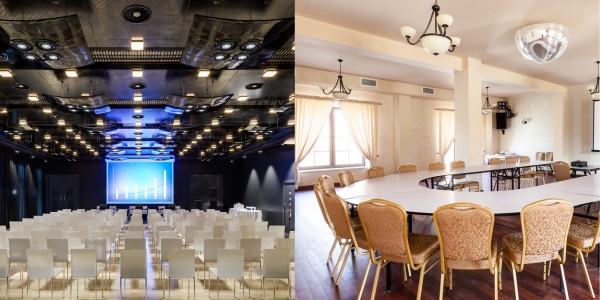
Let’s face it—conferences aren’t just for attendees anymore. As more professionals turn business trips into bleisure (business + leisure) experiences, it’s time to ask: what happens when an attendee brings their spouse?
Spoiler alert: it’s an opportunity, not a problem.
While your attendees are busy networking, learning, or shaking hands over hors d’oeuvres, their spouses might be wondering what to do between breakfast keynotes and evening receptions. That’s where your event can truly shine.
Offer a Spouse Itinerary
Think: exclusive city tours, wellness mornings, golf tee times, cooking classes, or mixology experiences. Bonus points for anything that feels like a “locals-only” insider treat.
Create Lounge or Leisure Spaces
Designate an area with refreshments, reading material, and casual conversation zones for spouses to mingle, recharge, or connect with others in the same boat.
Make It Social
Plan one or two low-pressure, high-enjoyment social events that include both attendees and their guests—sunset cocktails, a private museum visit, or even a game night can do wonders for building community.
At the end of the day, happy spouses = happy attendees. And when your event is remembered not just for the content, but for the care put into every guest’s experience, you’re not just planning a meeting—you’re building loyalty.
Level-Up Tips for Pro Planners:
💡 Create a Spouse Advisory Board
Engage a few past attendees’ spouses ahead of your event to help shape activities and preferences. They’ll offer insights you might not expect—and may even serve as on-site ambassadors.
💡 Integrate Subtle Networking Touchpoints
Don’t overlook the spouse’s professional life. Offer optional experiences that gently allow for business cross-pollination—like a “plus-one professional mixer” or a shared-interest panel (wellness, entrepreneurship, sustainability) that invites broader participation.










